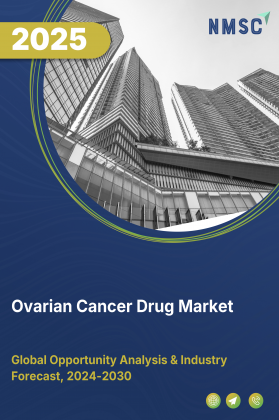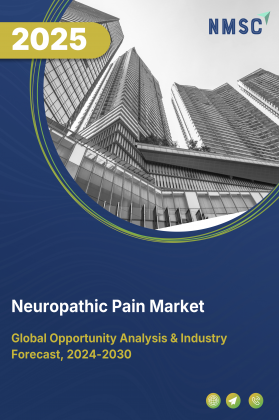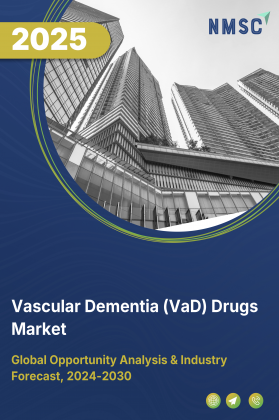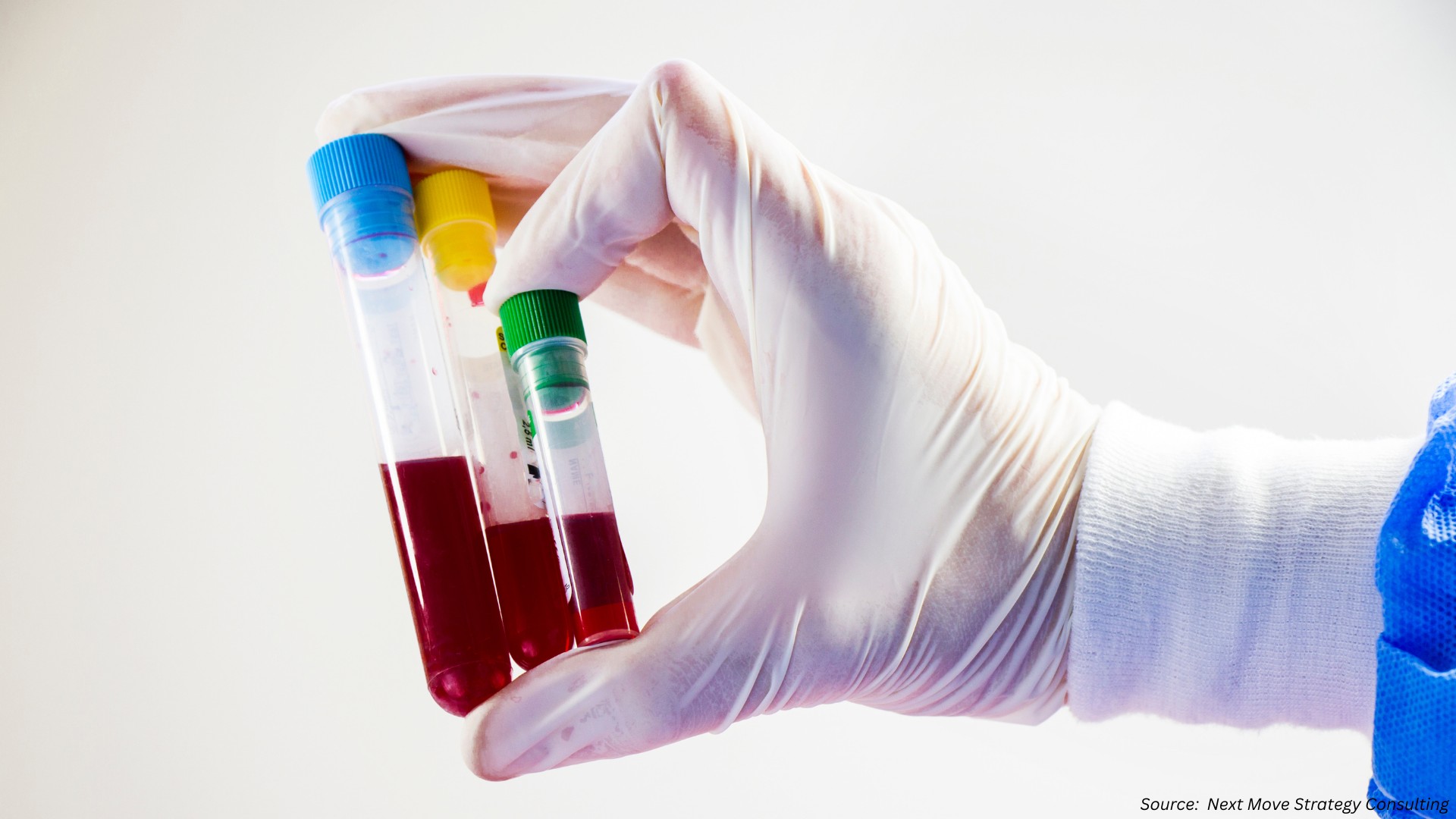
Immunosuppressants Market by Drug Class (Calcineurin Inhibitors, mTOR Inhibitors, Antimetabolites, Corticosteroids, Monoclonal Antibodies, Others), by Application (Organ Transplantation, Autoimmune Disorders [Rheumatoid Arthritis], Non-Autoimmune Inflammatory Diseases [Myasthenia Gravis, Guillain-Barré Syndrome, Neurological Conditions]), and by Distribution Channel (Hospital Pharmacies, Retail Pharmacies, Online Pharmacies) – Global Opportunity Analysis and Industry Forecast, 2025–2030
Industry Outlook
The global Immunosuppressants Market size was valued at USD 42.23 billion in 2024, with an estimation of USD 48.65 billion in 2025 and is predicted to reach USD 98.70 billion by 2030 with a CAGR of 15.2% from 2025-2030.
The market is witnessing steady growth driven by the rising number of organ transplants, increasing prevalence of autoimmune diseases, and continuous advancements in biologics and targeted therapies. With more patients requiring lifelong immunosuppressant drugs to prevent organ rejection and manage chronic autoimmune conditions, demand is expanding across both developed and emerging regions.
Innovative biologics and personalized medicine are improving treatment safety and effectiveness, further boosting the immunosuppressants market adoption. However, risks of infections, long-term side effects, and treatment-related complications remain significant challenges. Despite these restraints, the growing patient base and ongoing R&D investments are expected to create strong opportunities for sustained industry expansion.
Rising Number of Organ Transplants Drive the Market Growth
The global increase in organ transplantation procedures is a key driver of the immunosuppressants market growth. Patients undergoing kidney, liver, heart, or lung transplants require lifelong use of immunosuppressant drugs to prevent the immune system from rejecting the transplanted organ. As the incidence of organ failure rises due to chronic diseases, aging populations, and lifestyle-related disorders, the number of transplant surgeries continues to grow worldwide.
Each successful transplant directly translates into long-term demand for immunosuppressant medications such as calcineurin inhibitors, corticosteroids, and monoclonal antibodies. This consistent and expanding patient base makes organ transplantation one of the strongest growth drivers for the global immunosuppressants market expansion.
Increasing Prevalence of Autoimmune Diseases Fuels Market Expansion
The rising incidence of autoimmune diseases such as rheumatoid arthritis, lupus, multiple sclerosis, psoriasis, and Crohn’s disease is a major factor boosting the demand for immunosuppressant drugs. In autoimmune disorders, the immune system mistakenly attacks the body’s own tissues, leading to chronic inflammation and organ damage.
Autoimmune disease treatment help regulate or suppress this abnormal immune response, providing effective long-term disease management. With changing lifestyles, environmental triggers, genetic predisposition, and improved diagnostic capabilities, the global burden of autoimmune diseases is steadily increasing. This growing patient population directly fuels the market for immunosuppressant medications, as most of these conditions require prolonged or lifelong drug therapy.
Advancements in Biologics and Targeted Therapies Boost the Market Demand
Recent progress in biologics and targeted liver transplant drugs has significantly strengthened the market. Unlike traditional immunosuppressants that broadly suppress the immune system, biologics and targeted therapies are designed to act on specific immune pathways, reducing the risk of severe side effects such as infections and organ toxicity.
These next-generation drugs, including monoclonal antibodies and selective inhibitors, offer greater efficacy, improved safety profiles, and personalized treatment options for patients with autoimmune diseases and transplant needs. As research and development in biotechnology continue to expand, more innovative immunosuppressant drugs are entering the market, driving growth by meeting the rising demand for safer and more effective long-term treatment solutions.
High Risk of Infections and Side Effects Limit the Market Growth
A major restraint in the immunosuppressants market growth is the significant risk of infections and adverse effects associated with these drugs. Since immunosuppressants weaken the body’s defence system to prevent organ rejection or control autoimmune responses, patients become more vulnerable to bacterial, viral, and fungal infections.
Long-term use also led to complications such as hypertension, diabetes, kidney toxicity, and even certain cancers. These safety concerns limit patient compliance and pose challenges for physicians in balancing treatment effectiveness with health risks. As a result, the risk profile of immunosuppressant drugs remains a key barrier to wider adoption.
Emergence of Personalized Medicine Unlocks New Growth Opportunities
The growing shift toward personalized medicine presents a major opportunity for the market. Advances in genomics, biomarkers, and precision drug development allow treatments to be tailored to an individual’s genetic profile and immune system response. This approach minimizes adverse effects, improve drug efficacy, and enhance patient compliance compared to traditional “one-size-fits-all” therapies.
As research in personalized immunotherapy drugs expands, pharmaceutical companies have the opportunity to develop innovative, targeted solutions that address unmet medical needs, creating new growth avenues in the immunosuppressants market.
Market Segmentations and Scope of the Study
The immunosuppressants market report is segmented by drug class, application, and distribution channel and region. By drug class, it includes calcineurin inhibitors, mTOR inhibitors, antimetabolites, corticosteroids, monoclonal antibodies, and others. By application, it covers organ transplantation, autoimmune disorders, and non-autoimmune inflammatory diseases. By distribution channel, it includes hospital pharmacies, retail pharmacies, and online pharmacies. Regional coverage includes North America, Europe, Asia-Pacific, and Rest of the World (RoW).
Geographical Analysis
The increasing prevalence of chronic diseases such as diabetes, hypertension, cardiovascular disorders, chronic kidney disease, and liver failure is contributing to higher rates of immune system dysfunction and organ-related complications. According to the Centers for Disease Control and Prevention in 2024, six in ten Americans have at least one chronic disease, and four in ten are living with two or more, highlighting the scale of this growing health burden.
These conditions require long-term management, where immunosuppressant drugs play a crucial role in controlling overactive immune responses, reducing inflammation, and preventing organ damage. Beyond transplantation, immunosuppressants are also being widely prescribed for chronic autoimmune diseases such as rheumatoid arthritis, lupus, and multiple sclerosis, which are rising in incidence globally.
With the steady growth in chronic disease cases across both developed and developing regions, the demand for immunosuppressive agents continues to expand, positioning this factor as a major driver of the immunosuppressants market.
In Europe, the rising prevalence of autoimmune disorders such as rheumatoid arthritis, multiple sclerosis, and inflammatory bowel disease is a major driver of the immunosuppressants market. These conditions require long-term use of immunosuppressant drugs to manage symptoms and prevent disease progression.
As the patient pool continues to expand, the demand for immunosuppressant medications is increasing across the region. Combined with strong healthcare infrastructure and access to advanced treatments, this trend is expected to significantly support market growth in Europe.
In the Asia-Pacific region, the growing number of organ transplant procedures is a key driver of the industry. According to Universal Coaching Centre (2025), India performed 18,900 organ transplants in 2024, a sharp rise from less than 5,000 in previous years, reflecting the rapid expansion of transplant programs in the region.
This surge is fuelled by the rising prevalence of chronic kidney and liver diseases, larger patient populations, and improving healthcare infrastructure. Since every transplant patient requires lifelong immunosuppressant drugs to prevent organ rejection, the sharp increase in transplant volumes is directly boosting the demand for immunosuppressant medications across Asia-Pacific.
In regions classified under the Rest of the World (RoW), including Latin America, the Middle East, and Africa, expanding healthcare infrastructure and improving access to advanced medical treatments are driving the immunosuppressants market. Many of these countries are experiencing a steady rise in chronic diseases and organ failures, which is increasing the demand for transplant procedures and long-term disease management.
As awareness of autoimmune conditions grows and governments invest more in healthcare systems, more patients are gaining access to immunosuppressant drugs. This gradual but steady improvement in healthcare availability and affordability is creating new growth opportunities for the market in these regions.
Strategic Innovations Adopted by Key Players
Key players in the immunosuppressants industry are prioritizing clinical innovation, strategic collaborations, and stringent quality measures to strengthen their market position.
-
In August 2025, Novartis announced that its antibody therapy ianalumab, combined with eltrombopag, met primary endpoints in a Phase 3 trial for treating primary immune thrombocytopenia, significantly improving platelet stability and delaying treatment failure.
-
In July 2025, Novartis committed up to USD 1 billion in a collaboration with Matchpoint Therapeutics to develop oral anti-inflammatory drugs targeting specific pro-inflammatory proteins, with an initial USD 60 million in upfront funding.
-
In December 2024, Astellas issued a voluntary recall of two key transplant medications, PrograF 0.5 mg and AstaGraf XL 0.5 mg, after discovering possible empty capsules. No adverse events have been reported, and unaffected supplies are available.
Key Benefits
-
The report provides quantitative analysis and estimations of the sector from 2025 to 2030, which assists in identifying the prevailing market opportunities.
-
The study comprises a deep-dive analysis of the current and future immunosuppressants market trends to depict prevalent investment pockets in the sector.
-
Information related to key drivers, restraints, and opportunities and their impact on the market is provided in the report.
-
Competitive analysis of the key players, along with their market share is provided in the report.
-
SWOT analysis and Porters Five Forces model is elaborated in the study.
-
Value chain analysis in the market study provides a clear picture of roles of stakeholders.
Immunosuppressants Market Key Segments
By Drug Class
-
Calcineurin Inhibitors
-
Cyclosporine
-
Tacrolimus
-
-
MTOR Inhibitors
-
Sirolimus
-
Everolimus
-
-
Antimetabolites
-
Azathioprine
-
Mycophenolate mofetil
-
-
Corticosteroids
-
Prednisone
-
Methylprednisolone
-
-
Monoclonal Antibodies
-
Basiliximab
-
Rituximab
-
Alemtuzumab
-
-
Others
By Application
-
Organ Transplantation
-
Kidney
-
Liver
-
Heart
-
Lung
-
Pancreas
-
-
Autoimmune Disorders
-
Rheumatoid Arthritis
-
Systemic Lupus Erythematosus
-
Multiple Sclerosis
-
Psoriasis
-
Inflammatory Bowel Disease
-
-
Non-Autoimmune Inflammatory Diseases
-
Myasthenia Gravis
-
Guillain-Barré Syndrome
-
Neurological Conditions
-
By Distribution Channel
-
Hospital Pharmacies
-
Retail Pharmacies
-
Online Pharmacies
By Region
-
North America
-
The U.S.
-
Canada
-
Mexico
-
-
Europe
-
The UK
-
Germany
-
France
-
Italy
-
Spain
-
Denmark
-
Netherlands
-
Finland
-
Sweden
-
Norway
-
Russia
-
Rest of Europe
-
-
Asia-Pacific
-
China
-
Japan
-
India
-
South Korea
-
Australia
-
Indonesia
-
Singapore
-
Taiwan
-
Thailand
-
Rest of Asia-Pacific
-
-
RoW
-
Latin America
-
Middle East
-
Africa
-
Key Players
-
Bristol-Myers Squibb
-
Novartis AG
-
Roche (F. Hoffmann-La Roche)
-
Pfizer Inc.
-
AbbVie Inc.
-
Johnson & Johnson (Janssen)
-
Viatris inc.
-
Hikma Pharmaceuticals plc
-
Intas Pharmaceuticals Ltd.
-
Zydus Lifesciences Ltd.
-
Panacea Biotec
-
Lupin
-
Biocon
Report Scope and Segmentation
|
Parameters |
Details |
|
Market Size in 2025 |
USD 48.65 Billion |
|
Revenue Forecast in 2030 |
USD 98.70 Billion |
|
Growth Rate |
CAGR of 15.2% from 2025 to 2030 |
|
Analysis Period |
2024–2030 |
|
Base Year Considered |
2024 |
|
Forecast Period |
2025–2030 |
|
Market Size Estimation |
Billion (USD) |
|
Growth Factors |
|
|
Countries Covered |
28 |
|
Companies Profiled |
15 |
|
Market Share |
Available for 10 companies |
|
Customization Scope |
Free customization (equivalent up to 80 working hours of analysts) after purchase. Addition or alteration to country, regional, and segment scope. |
|
Pricing and Purchase Options |
Avail customized purchase options to meet your exact research needs. |

















 Speak to Our Analyst
Speak to Our Analyst

























